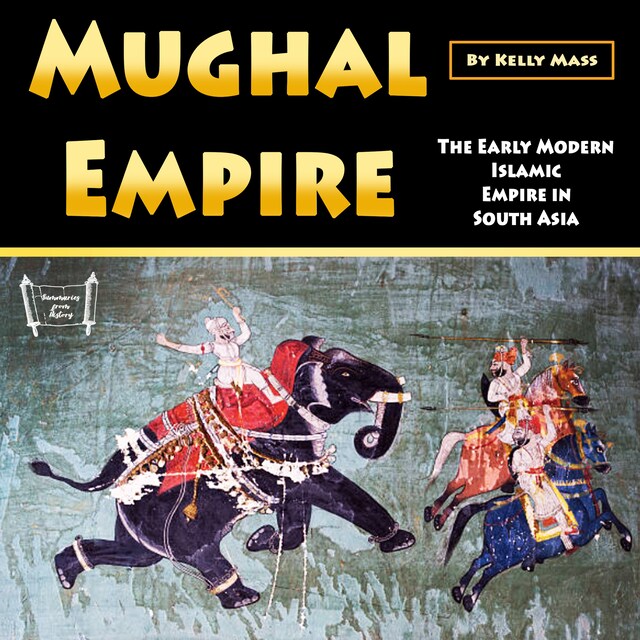
Mughal Empire
The Early Modern Islamic Empire in South Asia
Description of book


